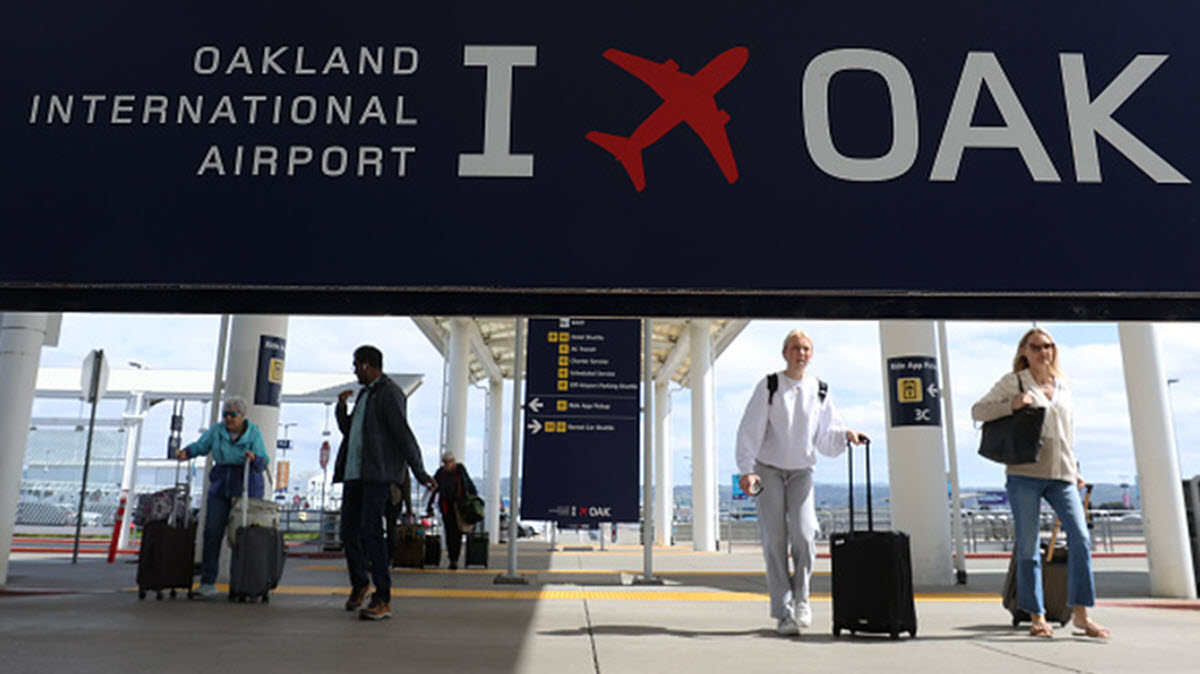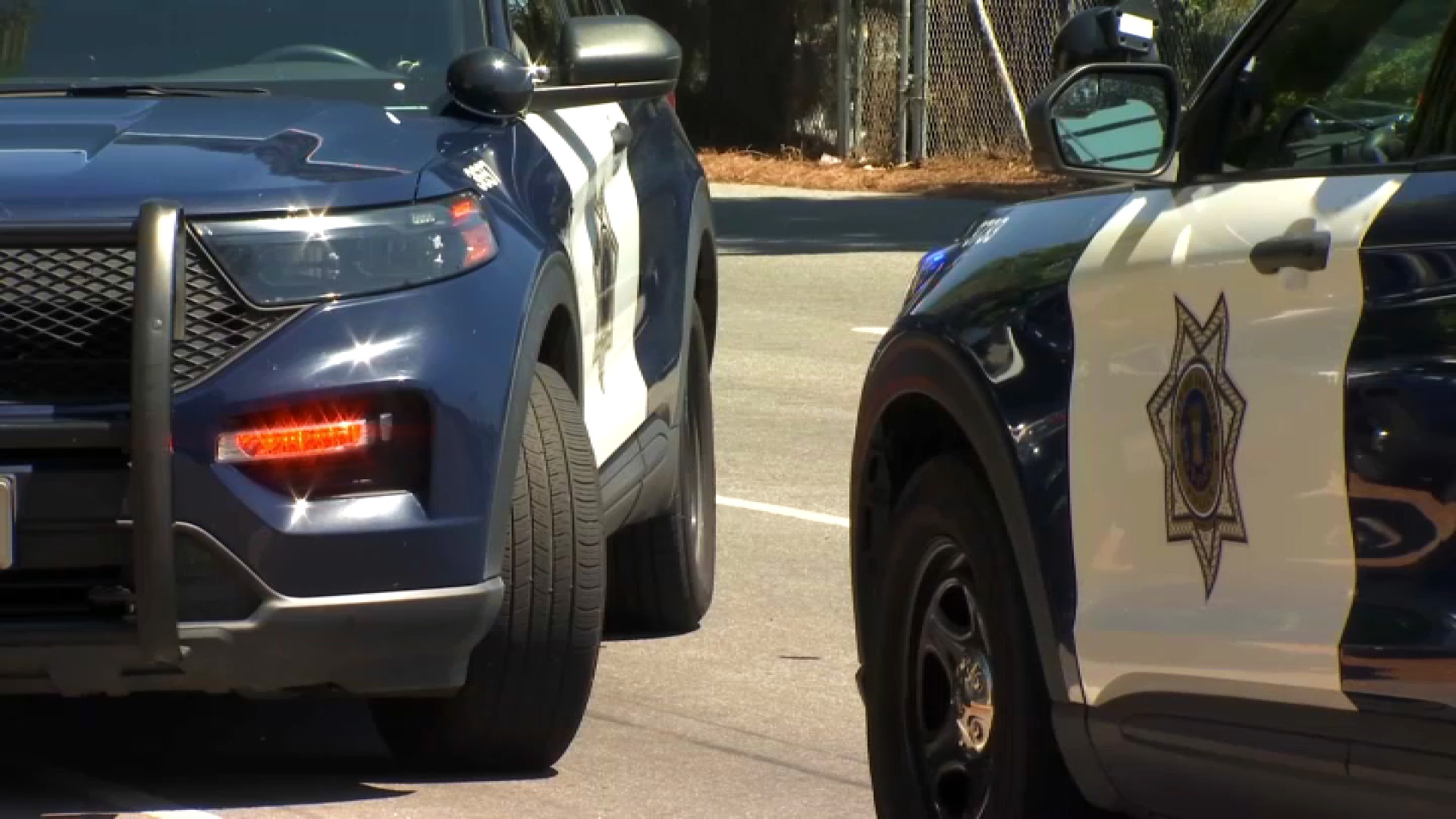A CPUC audit found that PG&E’s distribution power lines spark two and half times more fires per mile compared to other utilities, a rate that regulators found poses a “serious risk” to the state as the heart of fire season approaches.
The audit, done on behalf of the state Public Utilities Commission’s wildfire safety arm, found that between 2015 to 2019, the utility had nearly 50 percent more equipment-failure sparked fires over other large electric utilities, with half of those involving power line failures.
The high rate of power line sparked fires, the audit found, has “a significant impact” on safety, with a per mile rate of fires that is nearly 2.5 times more than comparable utilities.
“Since PG&E has the most overhead circuit miles and thus conductors compared to peer utilities, the high rate of conductor failure poses a serious risk,’’ the audit found, ordering the company to do a systemwide analysis of the line failures fueled fires and report back on what it is doing to cut the risk and ease the need for emergency public power shutoffs.
The utility provided regulators with a 2018 consultant’s analysis that included a breakdown indicating the average age of its system is 31 years. The utility did say recently it has been monitoring trends starting in 2012, but acknowledged that its review fell short of the root cause analysis sought by regulators.
Former regulator Catherine Sandoval says PG&E needs to do more to make sure it understands the risks, especially since it is promising to reduce public safety power shutoffs this fire season.
“I’m very concerned for Californians,” said former CPUC commissioner Sandoval, who has reviewed the findings of the recent audit by the commission’s wildfire safety branch.
Local
“I’m concerned that PG&E is not prepared and has left California vulnerable to a bad fire season at the same time that we are facing Covid, it just layers on the risk.”
In its official wildfire mitigation plan, the utility stresses it is “going beyond existing regulatory requirements to address the new normal” with “an aggressive program to reduce wildfire ignitions.”
The company says its plan tackles both the causes of fires and factors contributing to fire spread, focusing the bulk of its efforts on about 5,000 miles that it says pose the highest risk out of its 100,000 mile distribution power line network.
“It is a serious risk, as the past has shown,” said Robert Cagen, a retired regulatory lawyer with the CPUC, about the audit of PG&E’s system. He said the key to limiting that risk is knowing as much information as possible to spot patterns and make long-term improvements.
“It’s a difficult job” that regulators face as fire season approaches, he says, “and they have not received information from PG&E that I’ve seen that will really allow them to do that.”
Sandoval says any report that does not include root cause findings is essentially meaningless when it comes to guiding safety.
“So we’re going into wildfire season without knowing that,” she said, “then how are any of us safe?”
PG&E told regulators recently that although it has not done a root cause analysis, it has reviewed fires from 2012 on with an eye of spotting trends. It identified two major risks -- one due to corrosion failure of steel-reinforced aluminum wire, and the other from thin-gauge copper wire that makes up one out of every five miles of its system. It told regulators it stopped installing that kind of thin-gauged copper wire in 2015, is considering replacing more of what remains, and is hardening parts of its system in high fire risk system against failure.
The auditors separately instructed the company to explain “whether its prior maintenance history is causing higher rates of equipment failure now,” and list all instances that courts or regulators have found maintenance lapses in its system over the years.



